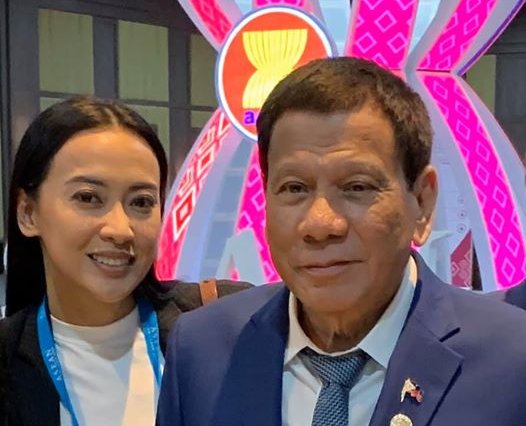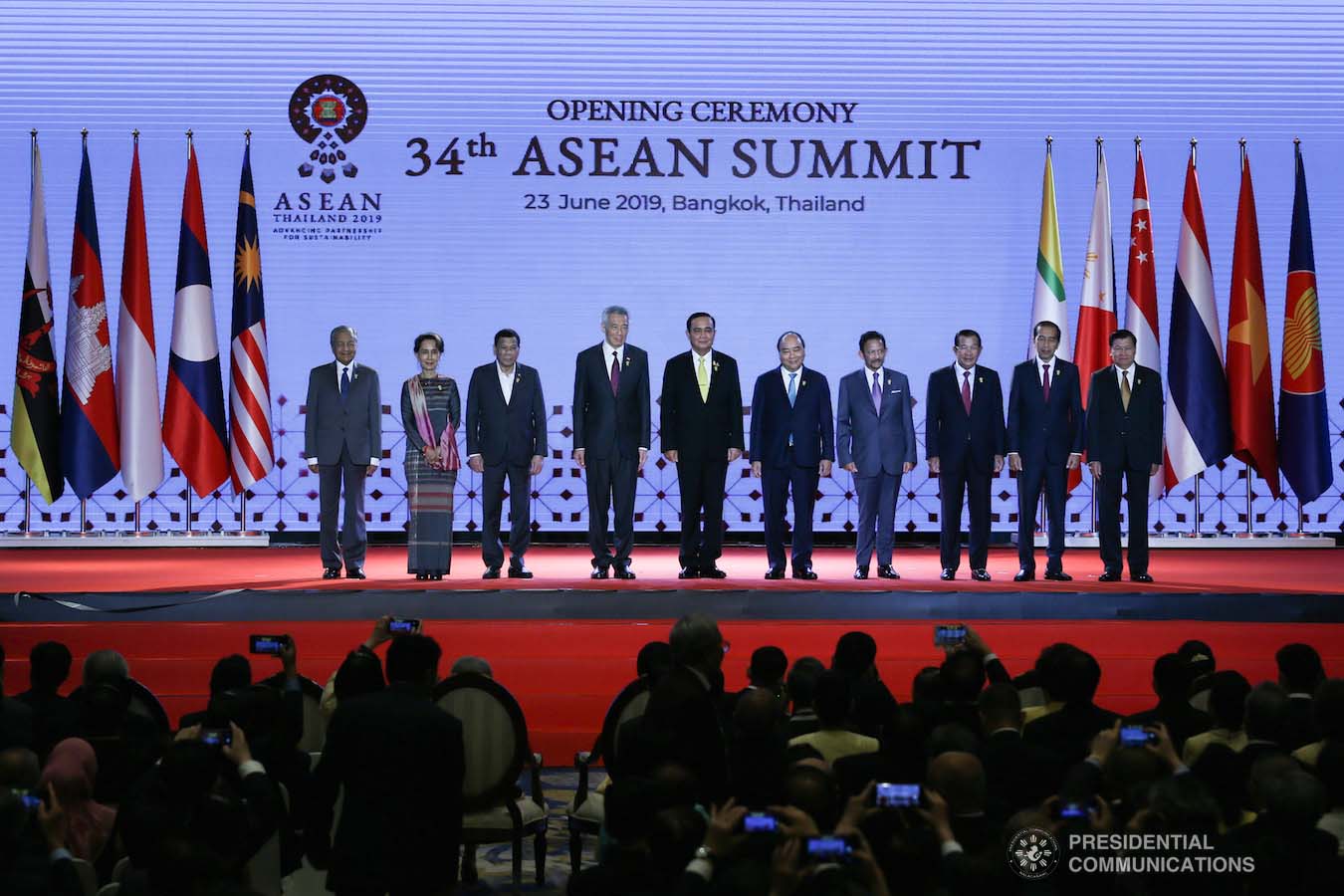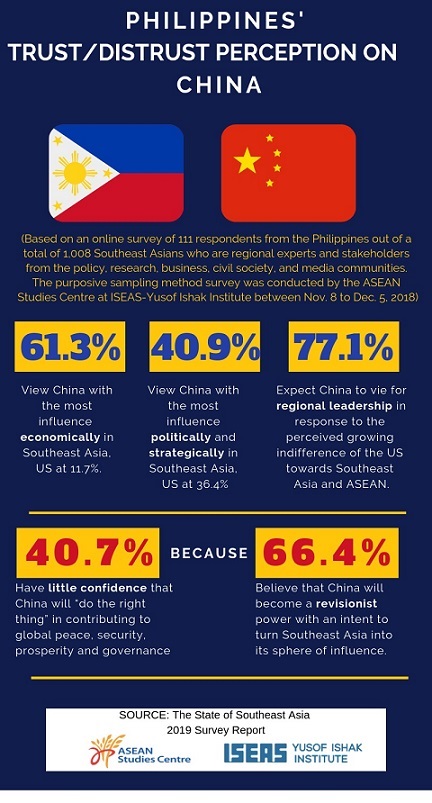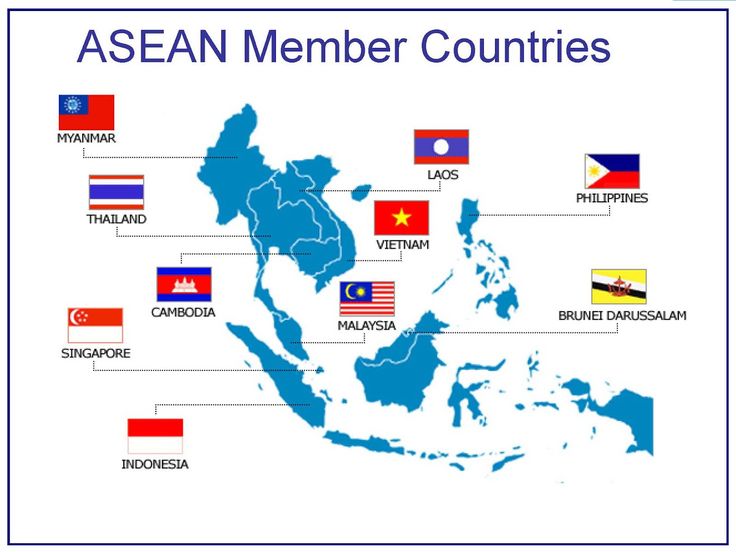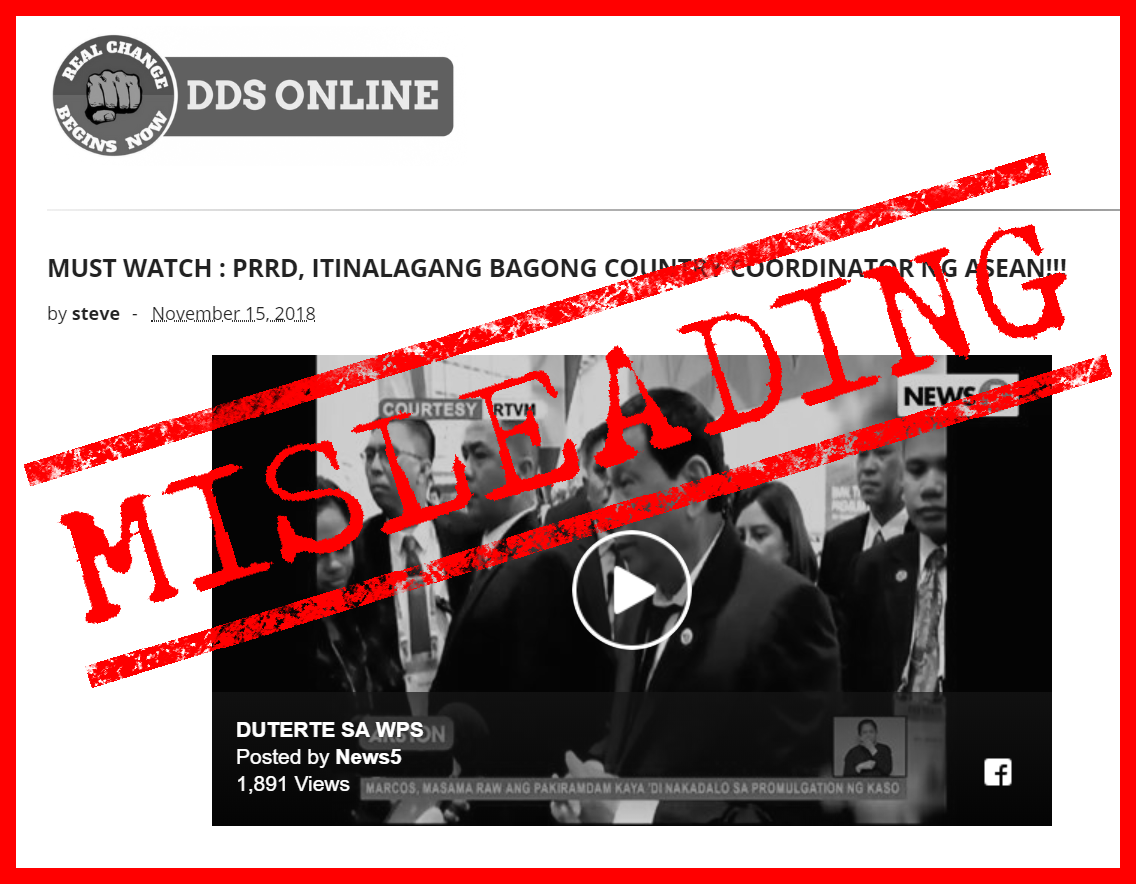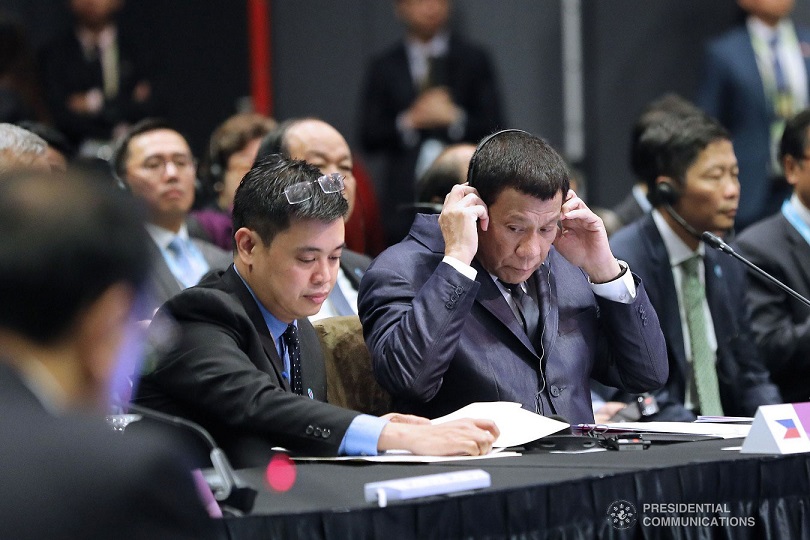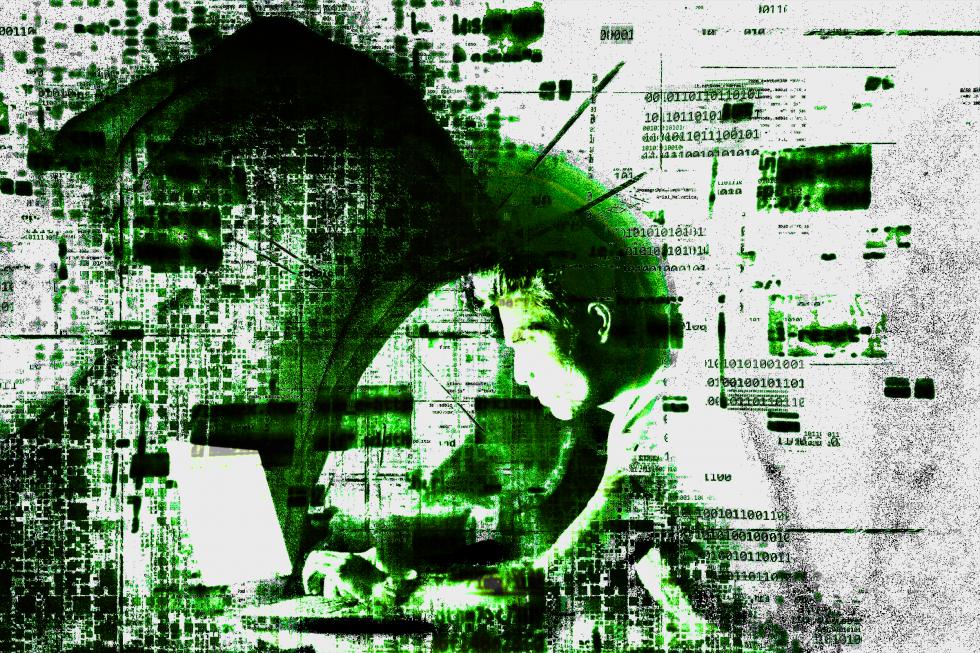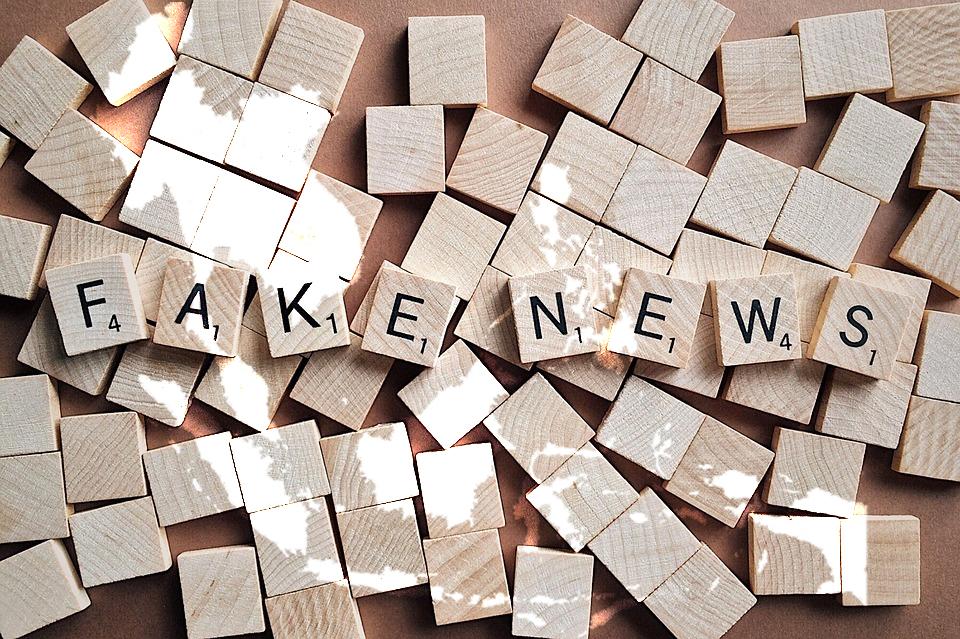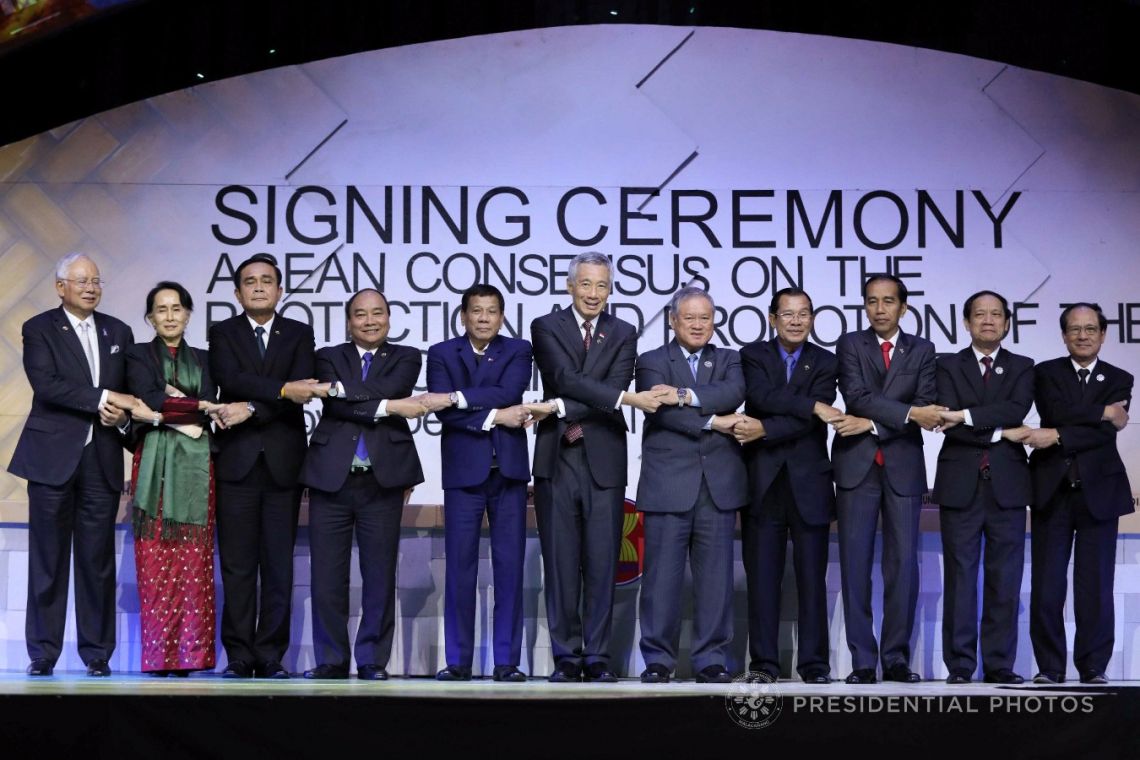VERA FILES FACT CHECK: Mocha Uson mali sa pahiwatig na si Duterte ang pinakahusay na lider sa ASEAN
Ipinahiwatig ni Overseas Workers Welfare Administration Deputy Administrator Margaux "Mocha" Uson na si Pangulong Rodrigo Duterte ang "pinakamahusay" sa mga pinuno ng Southeast Asia matapos na mabigyan ng number 10 na football jersey ng Federation Internationale de Football Association (FIFA) sa Thailand noong Nob. 2.
